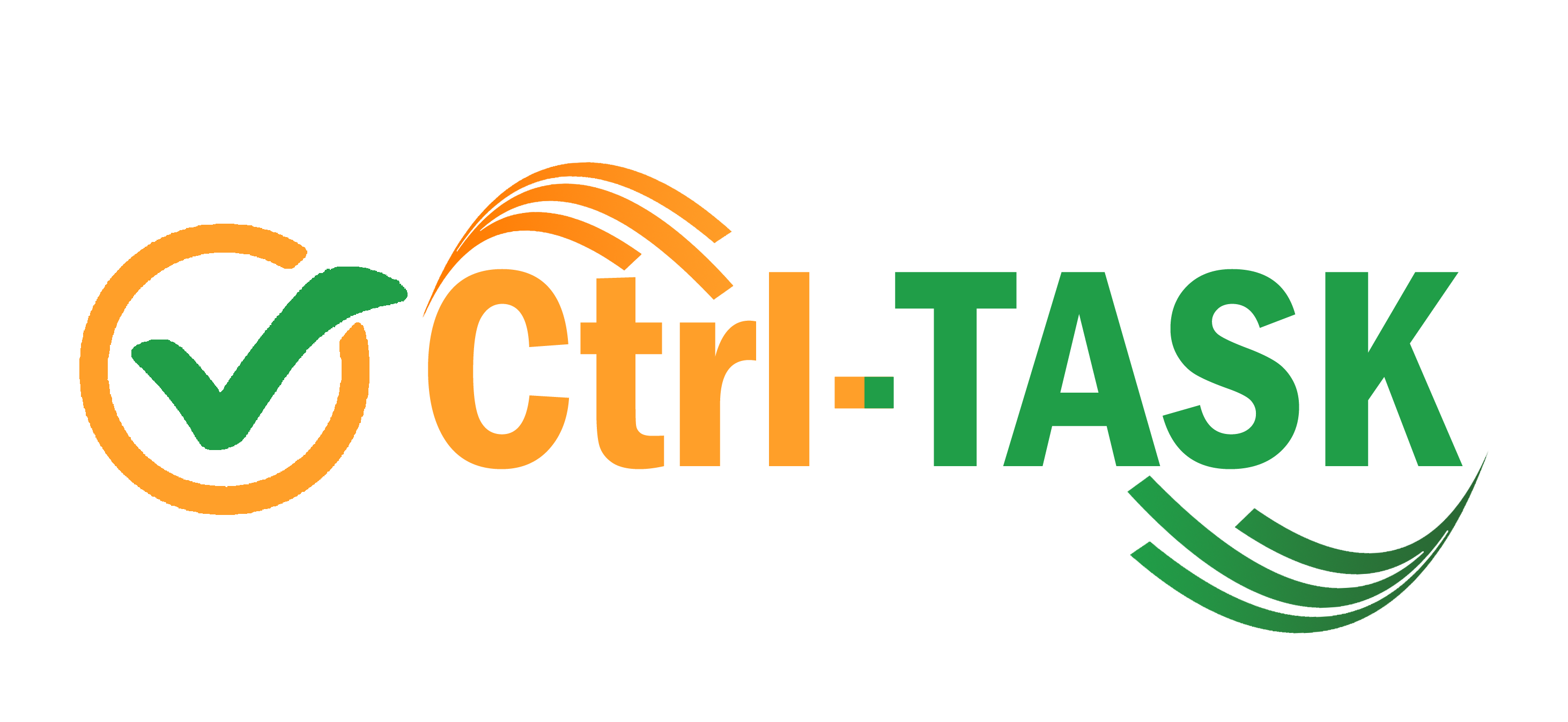Product -
Design / Development / Deployment
Product Design / Development / Deployment
There’s always a step-by-step plan we follow to move from one stage to another, making sure we don’t slip as we proceed from an idea to a rollout. our plan underpins the complete software development process. While it may vary from vendor to vendor, it’s universally essential to put things in order when kicking off a new project. The design phase is when we have requirements and feedback collected during the previous step are used to organize product for further development. Besides, it’s also when our product reaches a visual milestone.
Our process contains few software product development steps.
Product specifications
Having a brilliant product requirement is a good start, but it’s only half-baked without a complete product spec sheet. Will take time to define product requirements, business concept, product functionality, and value. our specs need to be as specific as possible to give our project a structure without guesswork.
Domain expertise
Domain expertise is key to achieving product-solution fit, which is why it’s an indispensable element of any project with Ctrl-TASK. we draw on it to create what targeted audience needs, not just another software version of flotsam and jetsam.
Relevant experience
Knowing the drill of the software product development life cycle for the role we’ve been into for years speeds up the process. It’s good for us we’ve already domain knowledge and market trends in digital transformation will help to build best product which matches the industry requirement and user expectations. This can help our product management specialists formulate a rollout plan based on hands-on experience.
Chief technology officer or tech lead
When getting started, involved a chief technology officer (CTO) or tech lead while discussing product vision and requirements, he’ll accompany with team throughout all stages of product development. A CTO or tech lead, delivery manager, business analyst manages project, puts together a roadmap and helps make a go of our product technically. They oversee how business strategy is woven into product development processes, identify impediments, and hammer out ways to avoid them. They also act as a communication link between developers and other stakeholders to keep decisions aligned.
Below mentioned stages are part of a product Design & Development:
- Idea validation and estimation
- Requirements and feasibility analysis
- Technical feasibility
- Operational feasibility
- Legal feasibility
- Usability testing
- Project artifacts
- Project meetings
- Testing
- Requirements analysis
- Test planning and execution
- Defect tracking
- Pre-launch regression testing
- Manual Vs Automated tests
Implementation and deployment: When pre-launch testing proves software is ready to go further, it’s moved into production. this step involves software product release orchestration to bring our solution to end-users in a well-coordinated manner. The first thing to do to get software live is to set up a place to house it. Whether team choose on-premises servers or a cloud platform, we leave it to our development team. This step needs to be performed with utmost care to set up smooth backend processes and implement DevSecOps practices. At the same time, our team should configure server-side resource allocation, so our newly released software can be used efficiently.
- Protecting software from third-party failure.
- Preparing and implementing a deployment plan.
Operations and maintenance: Our product is rolled out. This marks the beginning of the operations and maintenance routine. Even though it comes last, maintenance is one of the most important software development stages. Delivered out products maintained by us to improve, update, and keep it operational without downtime.
This is when usually sign a software maintenance agreement with us. Under this agreement, you have to set forth what parts of our product should be maintained, upkeep activities, liabilities, and more.
We have action plan of four types of upkeep activities in our AMC plan:
- Corrective software maintenance.
- Preventive software maintenance.
- Perfective software maintenance.
- Adaptive software maintenance.
- Range of preventive, corrective, adaptive, and other activities
- Responsibilities of everyone on the maintenance team
- Documentation
- Change request processes
- Schedule and costs
- Site reliability engineering (SRE) methodology practices
- Quality control methods
- Reporting
Ctrl-TASKs security standards: From idea validation to maintenance, we also invest in comprehensive employee training on how to test mobile app security, web app security, and other kinds of software for upskilling in creating products without loopholes. That’s how you know our product is secure from the technical perspective once it’s ready. It’ll come with many artifacts, plans, and policies so that you can keep up with high security standards at the organizational level:
Business continuity plan to describe immediate actions need to take during minor or major disruptions to minimize downtime.
Recovery plan to define response and corrective actions need to take to bounce back from a security-related incident.
Information security policy to establish the rules and guidelines on managing data across your organization and third parties for compliance.
Risk assessment policy to rate hazards in terms of how debilitating they can be for your business and how likely they are.
These are only a few of the documents that accompany our product to meet security standards.
 Office Address :
304/2, Block – 1
White House, Begumpet,
Hyderabad – 500016
Telangana, India.
Office Address :
304/2, Block – 1
White House, Begumpet,
Hyderabad – 500016
Telangana, India.
 +91 9392328595
+91 9392328595
info@ctrl-task.com